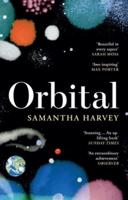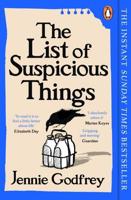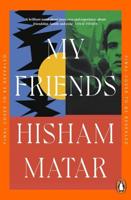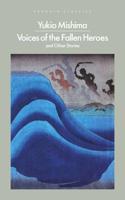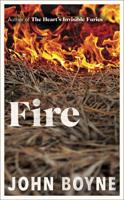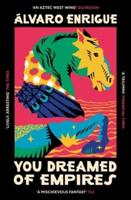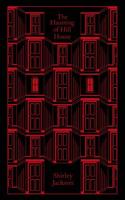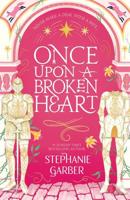Publisher's Synopsis
William Blake was born in London to a working-class family. His father, a hosier, provided for his training in drawing and engraving, practical skills which he would use to support himself and his wife Catherine for the rest of his life. One of six children, Blake claimed to have received angelic visitations and other visionary experience even as a child. After his brother Robert's death, William said that Robert often appeared to him, providing him with practical information such as an acid-wash engraving system that William used to produce his "illuminated," or illustrated, works, including The Marriage of Heaven and Hell. Never financially successful as an artist or writer, he was often reduced to drudge work, such as engraving drawings for the catalog of the Wedgwood China Company. From 1800 to 1803, Blake received the patronage of minor poet William Hayley; however, the experience proved bitter and demeaning to the independent-minded Blake. During this period, the fiery-tempered Blake was also accused of treason after evicting a drunken soldier from his garden with the epithet "God d-- the King!" Blake, who was eventually acquitted of the charge, transmuted the twin ordeal of patronage and accusation into his masterpieces Vala: Or, The Four Zoas (wr. 1795-1804, pb. 1963; best known as The Four Zoas) and Jerusalem: The Emanation of the Giant Albion (1804-1820). Two concepts are key to understanding The Marriage of Heaven and Hell and Blake's idiosyncratic form of Christianity. First, as articulated in his classic Songs of Innocence and of Experience (1794), is the notion of "contraries," or opposing forces, similar to the Daoist notion of yin and yang. Blake saw all life as a necessary interplay of opposites. "The Argument" of The Marriage of Heaven and Hell applies this notion of the contraries to orthodox Christian dogma: As Without Contraries is no progression. Attraction and Repulsion, Reason and Energy, Love and Hate, are necessary to Human existence.

